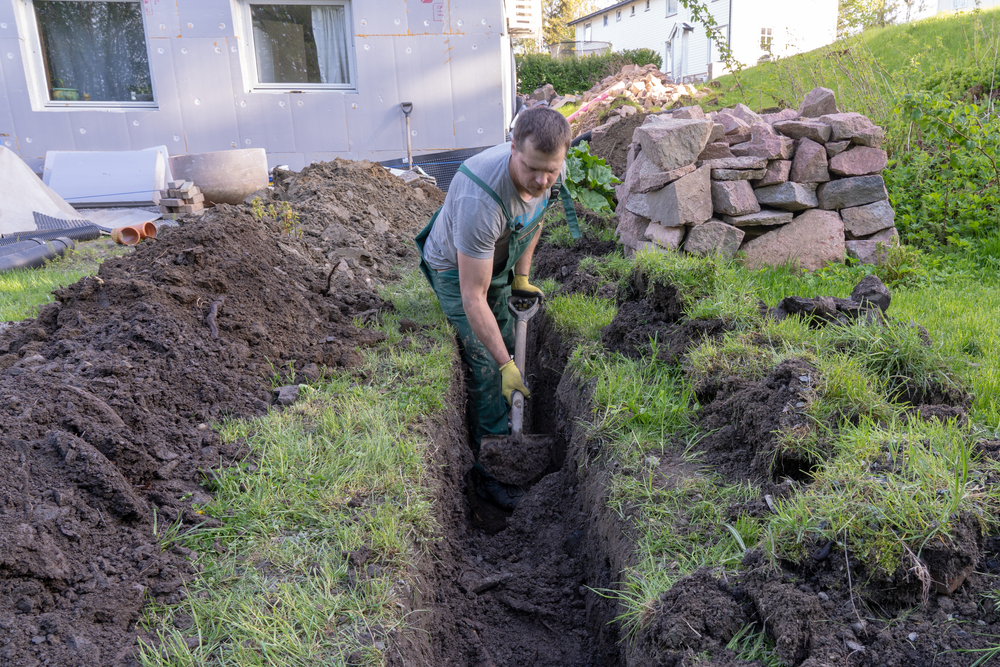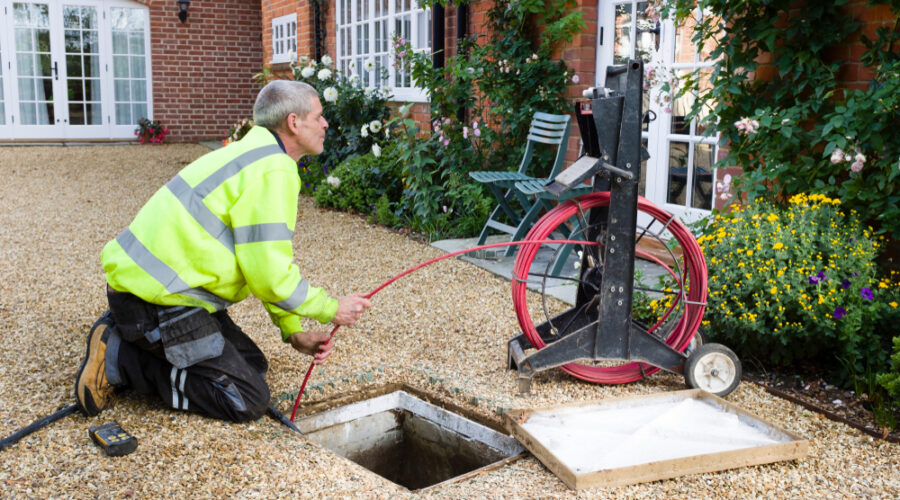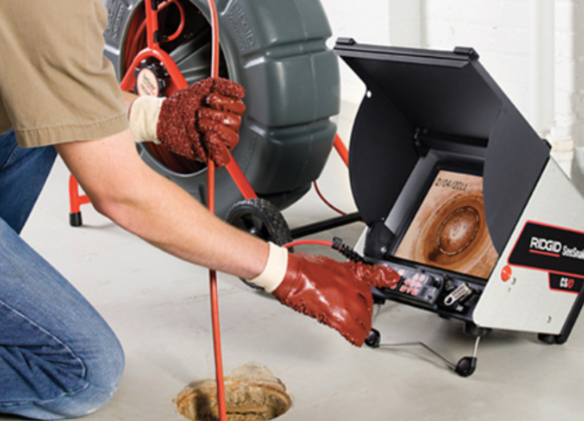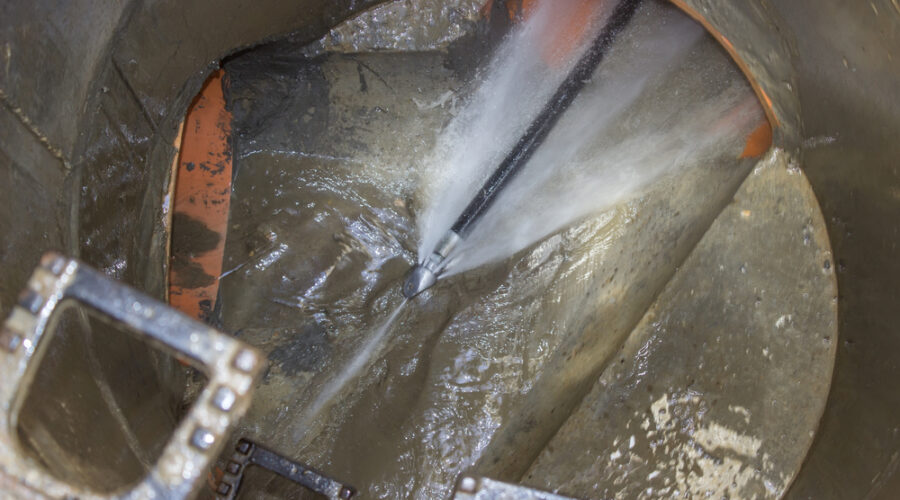If you are a homeowner or a property owner, you may have heard the term “French drain” at some point. A French drain is a drainage system that is designed to redirect excess water away from a particular area, usually a building or a landscape. In this article, we will explore what a French drain is, how it works, and why it is a useful addition to your property.
What is a French Drain and How Does it Work?
A French drain is a trench filled with gravel or rock that contains a perforated pipe. This pipe is designed to collect and redirect water away from a particular area. The French drain is typically installed below the surface level of the ground and is sloped towards the direction where the water is to be redirected. The perforated pipe is covered with gravel or rock to allow water to enter it easily.
When water accumulates around a building or a landscape, it can cause significant damage. For instance, water can seep into the foundation of a building, leading to structural damage, mold, and mildew growth. It can also damage landscaping by causing soil erosion, which can make it challenging to grow plants or grass. A French drain helps to prevent these problems by redirecting the excess water away from the affected area.
Why Install a French Drain?
Installing a French drain has several benefits. Here are some of the reasons why you should consider installing one on your property:
Prevents Water Damage
The primary function of a French drain is to redirect excess water away from a building or landscape. By doing so, it helps to prevent water damage, which can be costly to repair. Water damage can weaken the foundation of a building, leading to structural problems. It can also cause mold and mildew growth, which can pose health risks.
Protects Landscaping
A French drain can help to protect your landscaping by preventing soil erosion. When excess water accumulates around plants or grass, it can cause the soil to erode, making it difficult for plants to grow. A French drain redirects the excess water away from the affected area, helping to preserve your landscaping.
Improves Drainage
If your property is prone to flooding or standing water, installing a French drain can improve drainage. The drain helps to collect and redirect excess water away from the affected area, reducing the risk of flooding.
Adds Value to Your Property
Installing a French drain can add value to your property. It is a cost-effective solution to prevent water damage and protect your landscaping. Potential buyers are likely to be impressed by the addition of a French drain to your property.
How to Install a French Drain?
Installing a French drain requires some technical knowledge and expertise. It is best to hire a professional to do the job. Here is a general overview of how to install a French drain:
Step 1: Determine the Area to Be Drained
The first step is to determine the area that needs to be drained. This can be done by observing where water accumulates after rainfall or by using a level to identify the low spots.
Step 2: Dig a Trench
Once you have identified the area to be drained, the next step is to dig a trench. The trench should be deep enough to accommodate the perforated pipe and the gravel or rock that will be used to cover it.
Step 3: Add Gravel or Rock
After digging the trench, the next step is to add gravel or rock to the bottom of the trench. This provides a stable base for the perforated pipe and allows water to flow easily into the pipe.
Step 4: Install the Perforated Pipe
The perforated pipe is placed in the trench and covered with gravel or rock. The pipe should be sloped towards the direction where the water is to be redirected.
Step 5: Cover with Fabric
A landscape fabric is then placed over the gravel or rock before adding another layer of gravel or rock to cover the perforated pipe. This helps to prevent soil and debris from entering the pipe, clogging it, and reducing its efficiency.
Step 6: Backfill the Trench
After installing the perforated pipe, gravel, and fabric, the trench is then backfilled with soil. The soil should be tamped down to provide stability to the French drain.
Types of French Drains
There are two main types of French drains: exterior and interior French drains.
Exterior French Drains
Exterior French drains are installed outside the building, typically around the foundation. The drain is installed at the bottom of the foundation and slopes away from the building. It is covered with soil and landscaping to prevent water from pooling near the foundation.
Interior French Drains
Interior French drains are installed inside the building, typically in the basement or crawl space. The drain is installed along the perimeter of the foundation, and it collects water that seeps through the foundation walls or from the ground. The collected water is then redirected to a sump pump or a drain outside the building.
Maintenance of French Drains
Maintaining a French drain is relatively easy. Here are some maintenance tips:
- Inspect the drain regularly to ensure that it is not clogged with debris.
- Clean the drain if necessary.
- Make sure that the drain is sloped correctly to ensure that water flows towards the desired direction.
- Ensure that the landscaping and soil around the drain are not obstructing the flow of water.
Conclusion
In conclusion, a French drain is an effective way to prevent water damage and protect your landscaping. It is a cost-effective solution that can add value to your property. Installing a French drain requires technical knowledge and expertise, and it is best to hire a professional to do the job. Proper maintenance of the drain is essential to ensure its efficiency.
FAQs
- How deep should a French drain be?
The trench for a French drain should be at least 6 inches deep, and it should be sloped towards the direction where water is to be redirected.
- How much does it cost to install a French drain?
The cost of installing a French drain depends on several factors, such as the size of the area to be drained, the type of drain, and the complexity of the installation. On average, the cost can range from $1,000 to $5,000.
- How long does a French drain last?
With proper installation and maintenance, a French drain can last for decades.
- Can I install a French drain myself?
While it is possible to install a French drain yourself, it is recommended to hire a professional to ensure proper installation and avoid costly mistakes.
- Do I need a permit to install a French drain?
The requirements for a permit to install a French drain vary depending on the local regulations. It is recommended to check with the local authorities before installing a French drain.






